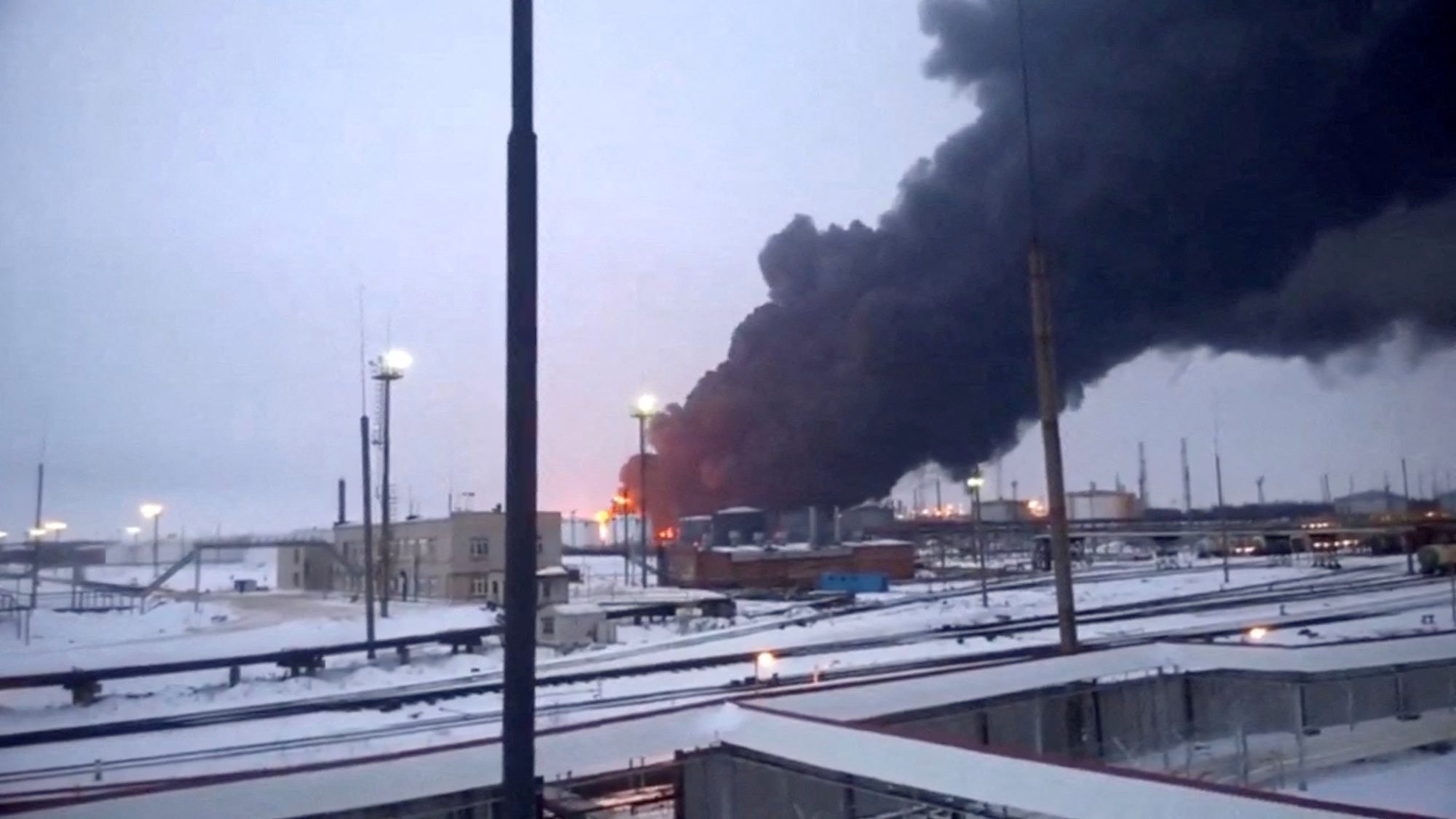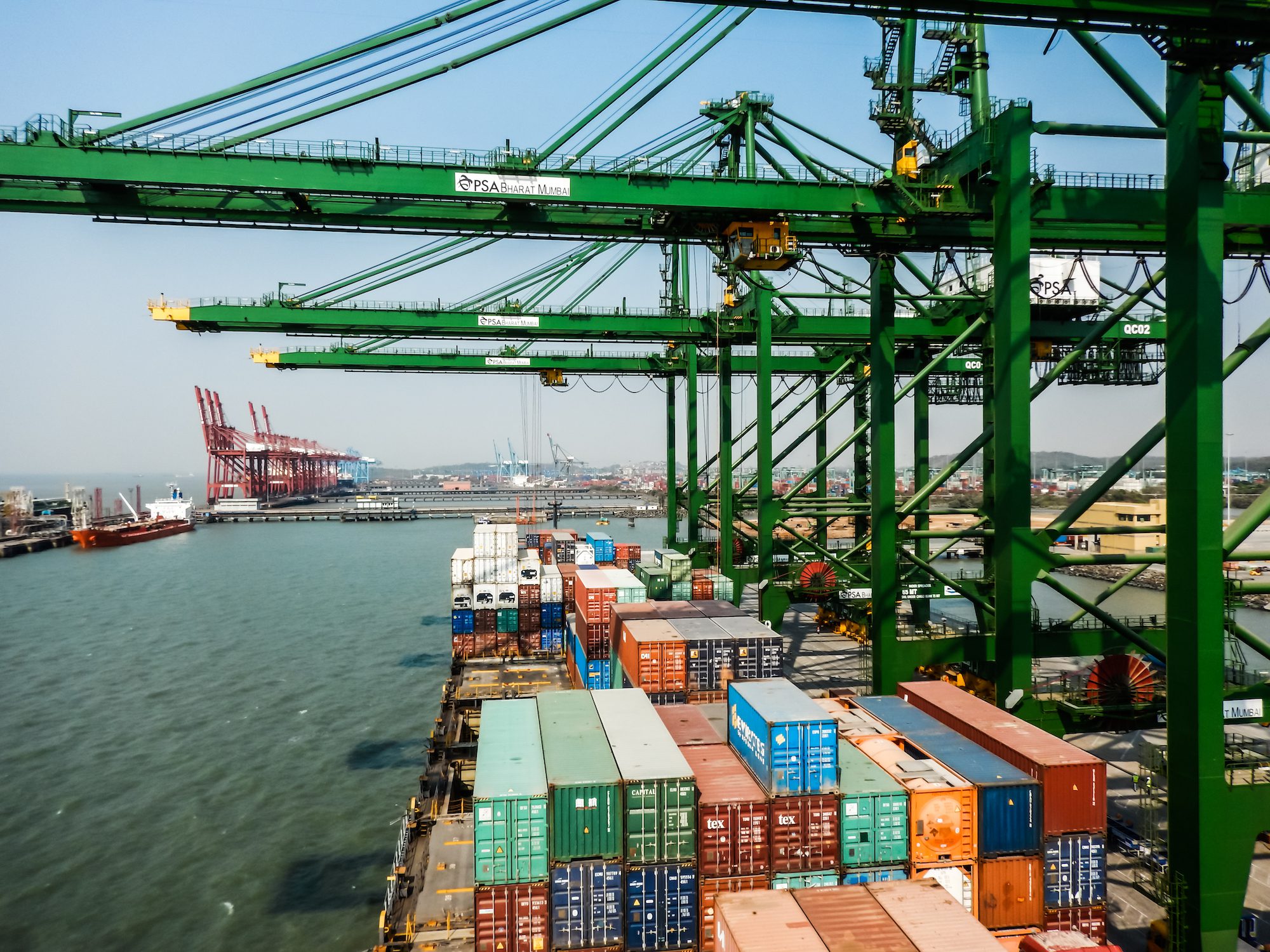The nation’s busiest port complex saw cargo volumes decline in September as shifting trade policies and rising tariffs dampened consumer demand and altered shipping patterns across the trans-Pacific trade lanes.
The Port of Long Beach moved 797,537 twenty-foot equivalent units last month, down 3.9% from September 2024. Imports decreased 6.9% to 388,084 TEUs while exports declined 3.6% to 85,081 TEUs. At the neighboring Port of Los Angeles, dockworkers processed 883,053 TEUs in September, down 7.5% compared to last year.
“Tariffs are impacting how consumers and business owners make financial decisions and purchases,” said Port of Long Beach CEO Mario Cordero. The port’s is forecasting a relatively stable October, followed by a slight decline in November due to anticipated weather-related delays and vessel scheduling changes.
Port of Los Angeles Executive Director Gene Seroka described the volatility facing the maritime industry. “When sweeping changes were first announced, importers abruptly stopped their orders from China. When those policies were softened and deadlines extended, cargo volume picked up again. The supply chain has been on a roller coaster all year and that ride continues,” Seroka said.
“Tariffs in one area tend to lead to rising prices in other segments. In the end, making goods more expensive,” he said.
Despite the September decline, both ports posted strong third-quarter results. Long Beach moved 2,643,614 TEUs between July 1 and September 30, marking its second-busiest quarter on record. Los Angeles closed out the third quarter moving 2.9 million TEUs, its best three-month quarter ever.
For the first nine months of 2025, the Port of Long Beach has handled 7,390,245 TEUs, up 6.8% from the same period in 2024. The Port of Los Angeles has moved 7,817,057 TEUs through September, 3% more than the same period last year.
The recent data aligns with broader industry forecasts. According to the National Retail Federation and Hackett Associates, monthly import cargo volume at major U.S. container ports is projected to drop below the 2 million TEU threshold for the remainder of 2025. The decline comes as retailers have already secured most holiday merchandise and continue to grapple with rising tariffs across multiple sectors.
“This year’s peak season has come and gone, largely due to retailers frontloading imports ahead of reciprocal tariffs taking effect,” explained NRF Vice President for Supply Chain and Customs Policy Jonathan Gold. “New sectoral tariffs continue to be announced, but most retailers are well-stocked for the holiday season and doing as much as they can to shield their customers from the costs of tariffs for as long as they can.”
Ben Hackett, founder of Hackett Associates, warned of continued uncertainty ahead. “Ongoing volatility in U.S. tariff policy is creating significant economic uncertainty, with trade volumes expected to see unpredictable shifts over the next four to six months,” Hackett said. “Many large companies preemptively imported goods to build up inventories, but as those stockpiles are depleted, the full inflationary impact of the tariffs will become apparent.”
Industry forecasts project January 2026 volumes at 1.87 million TEU, down 16.1% year-over-year, and February at 1.77 million TEU, down 12.8%.

 Join The Club
Join The Club










